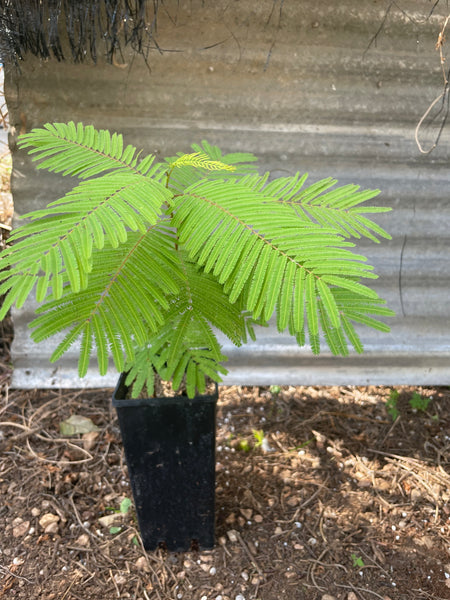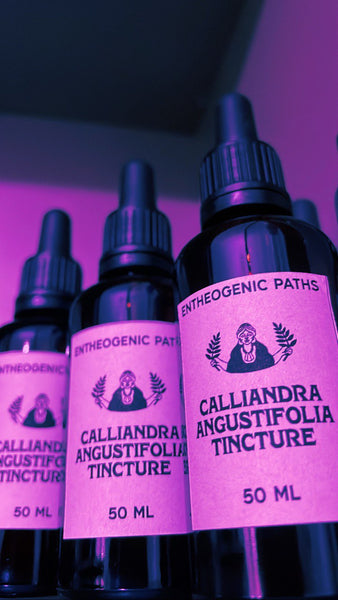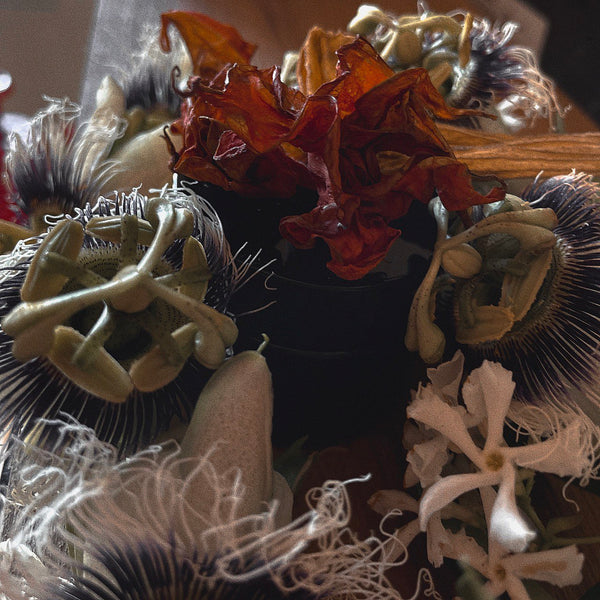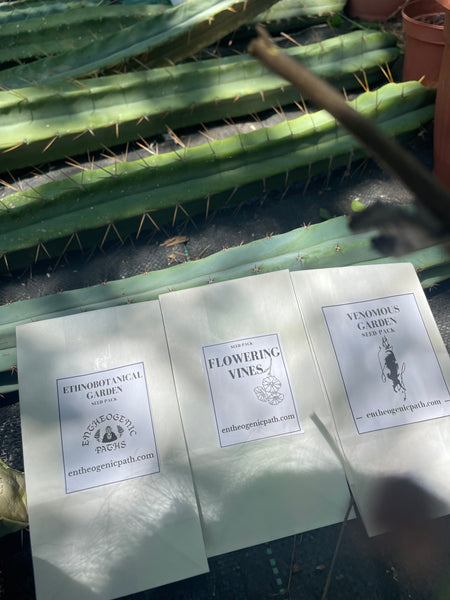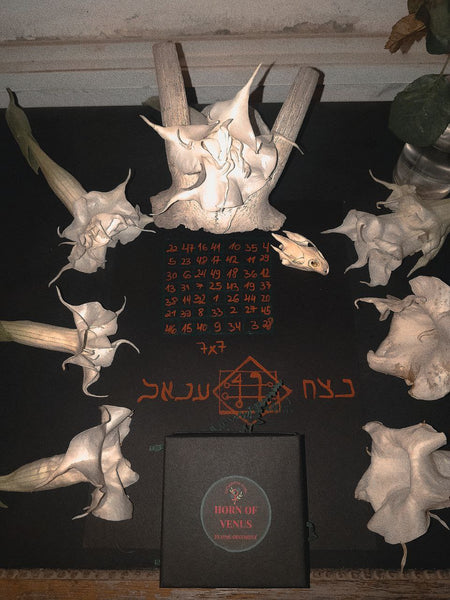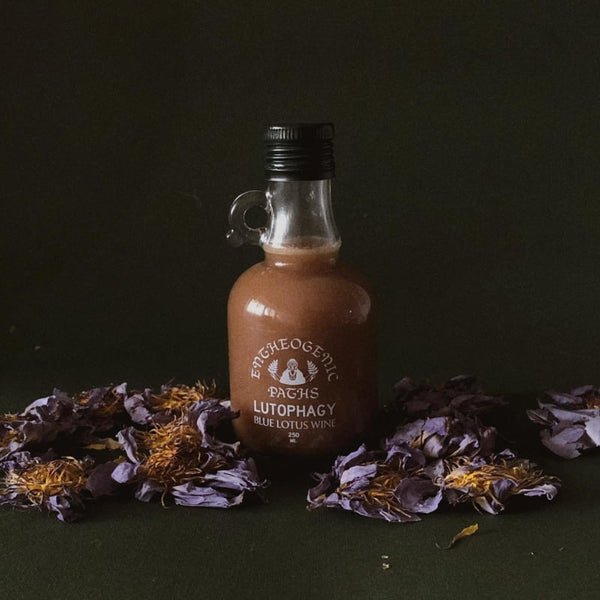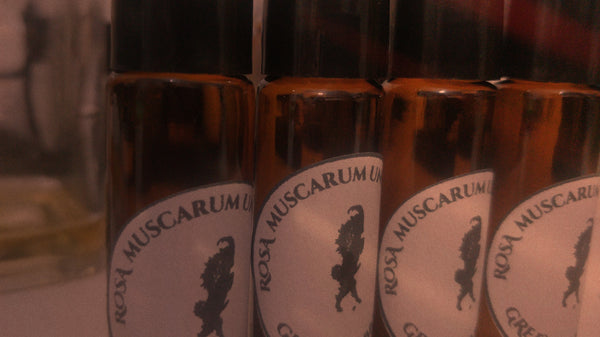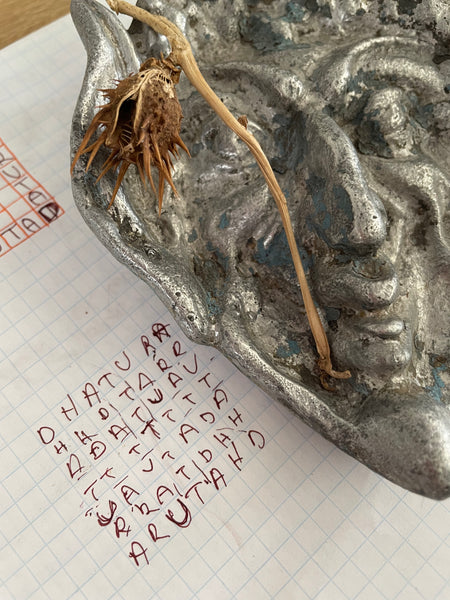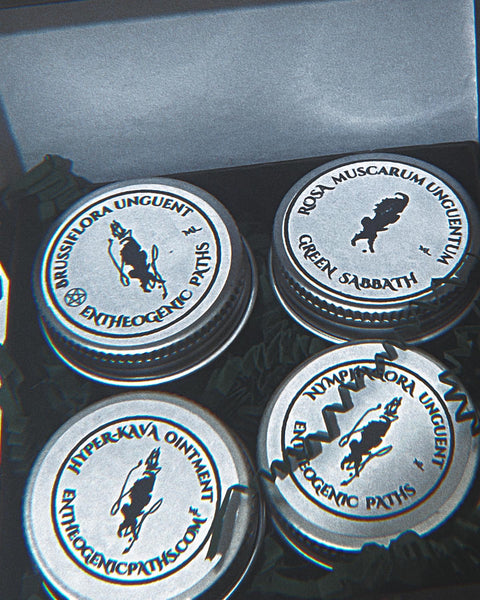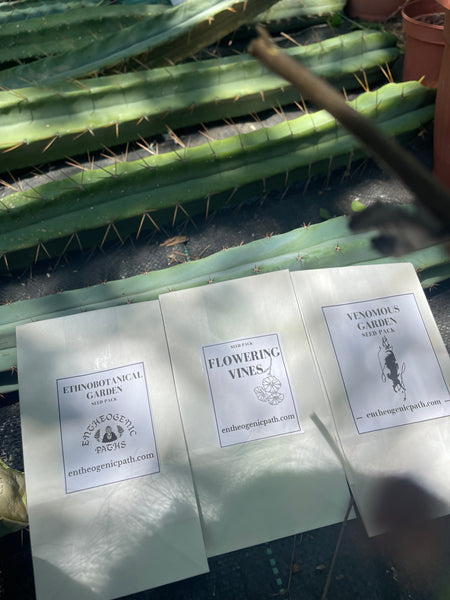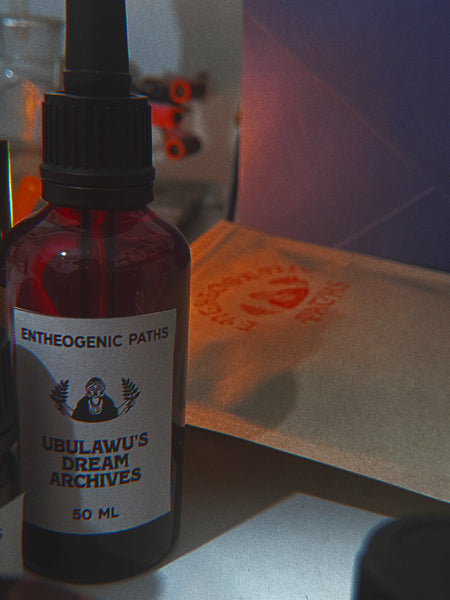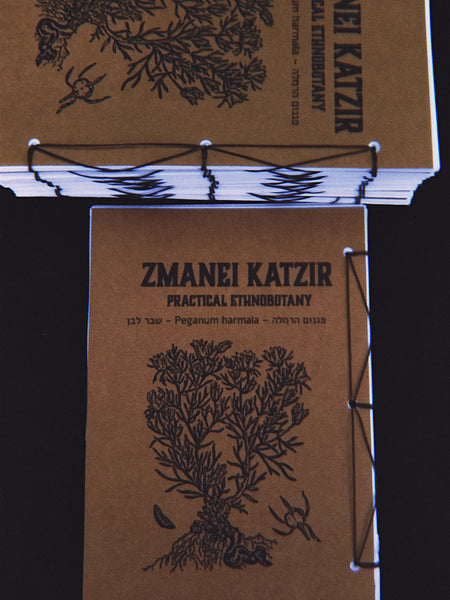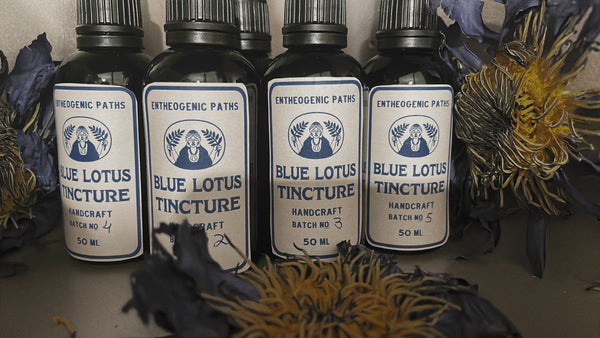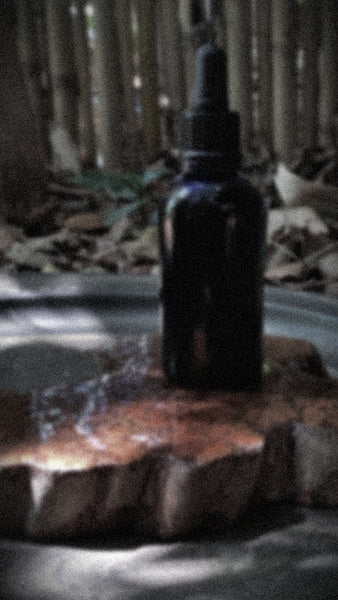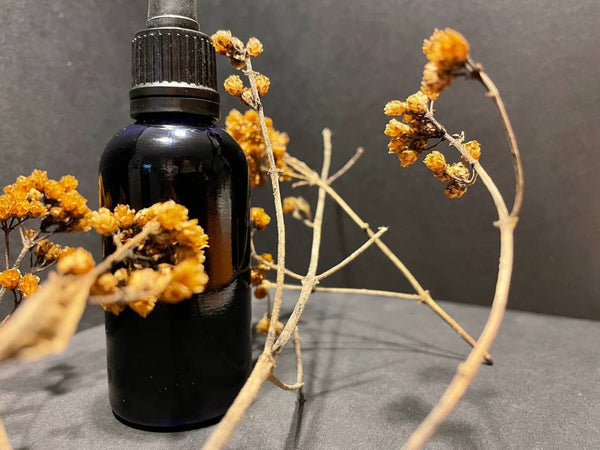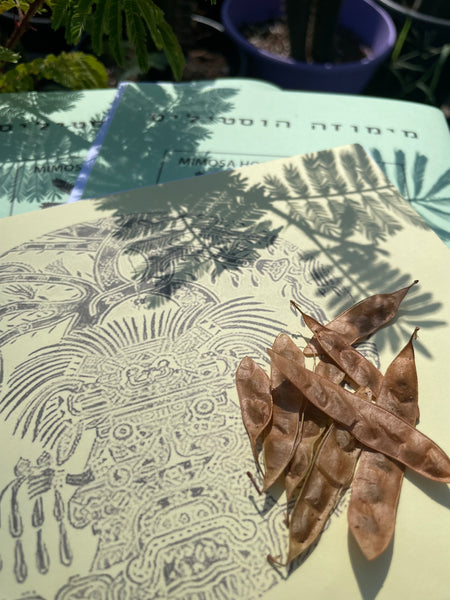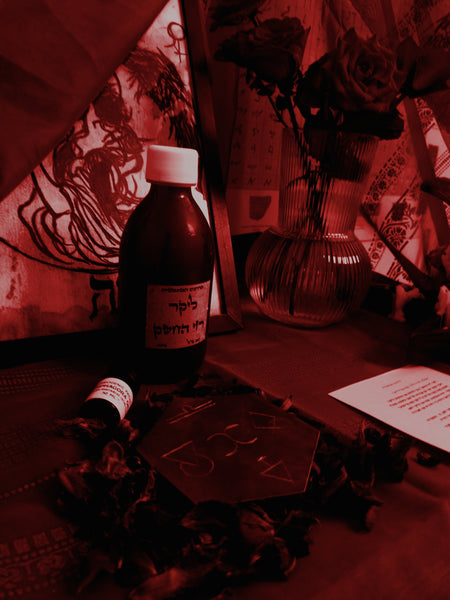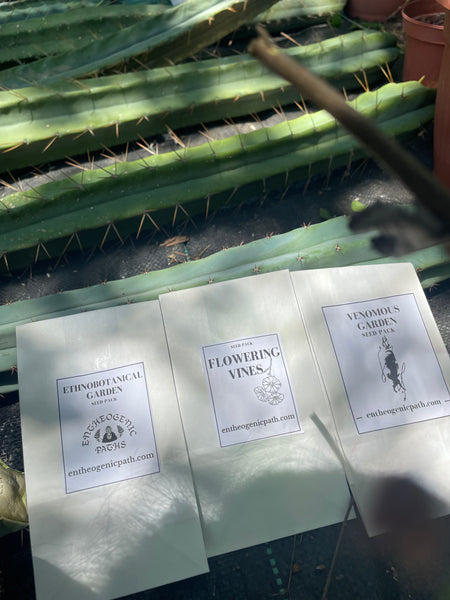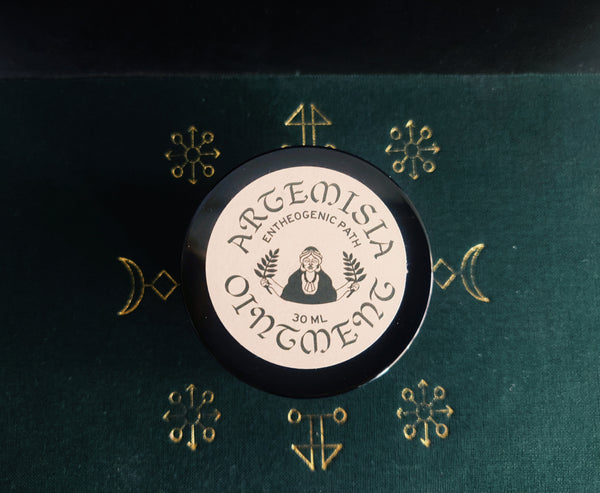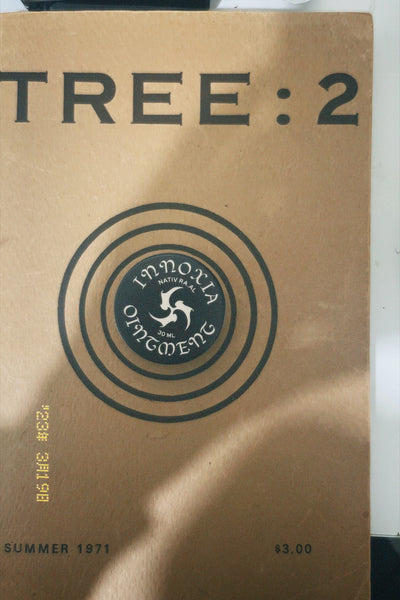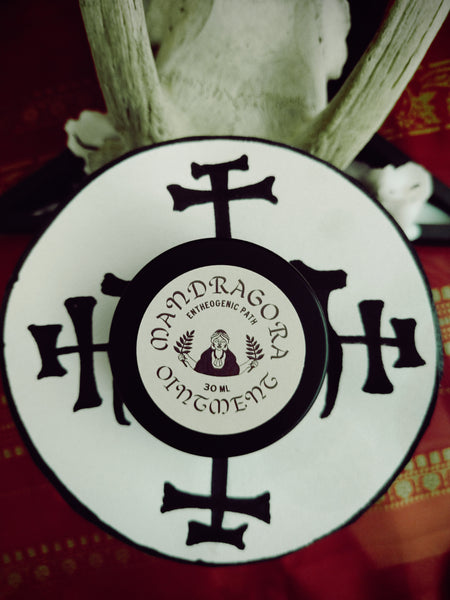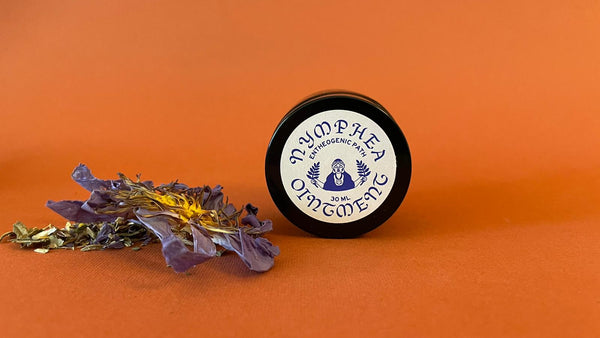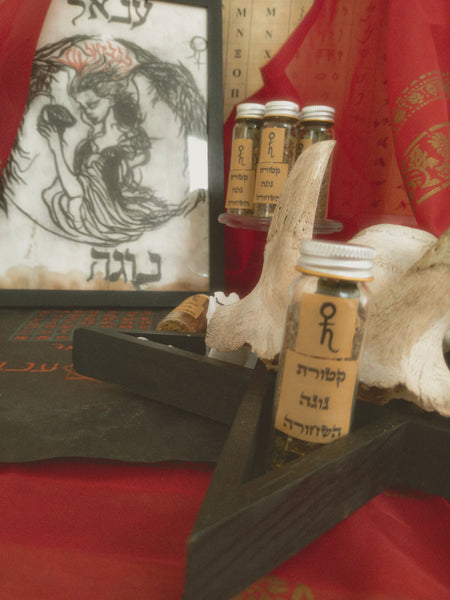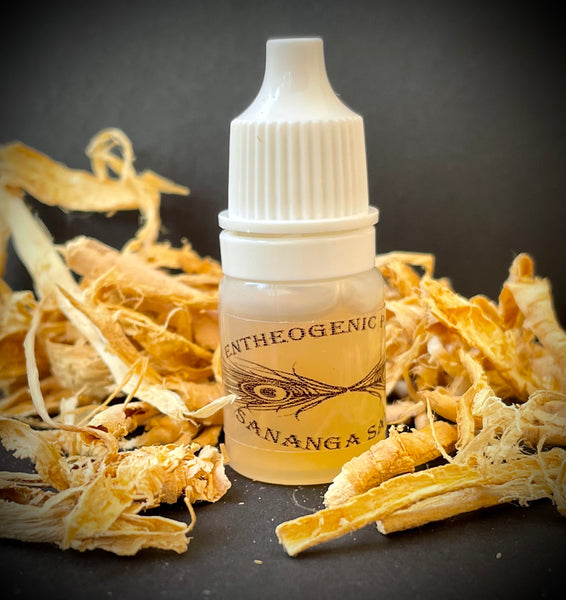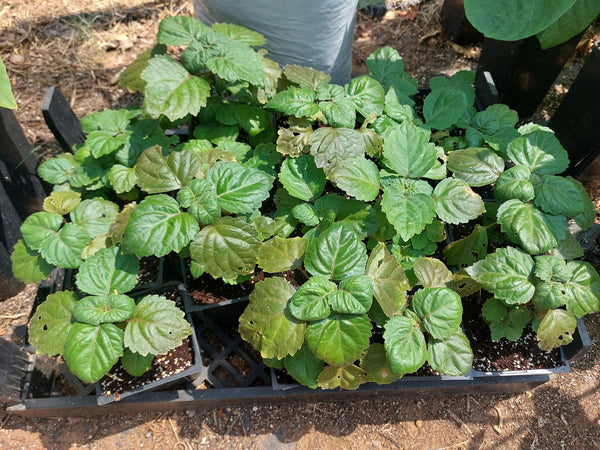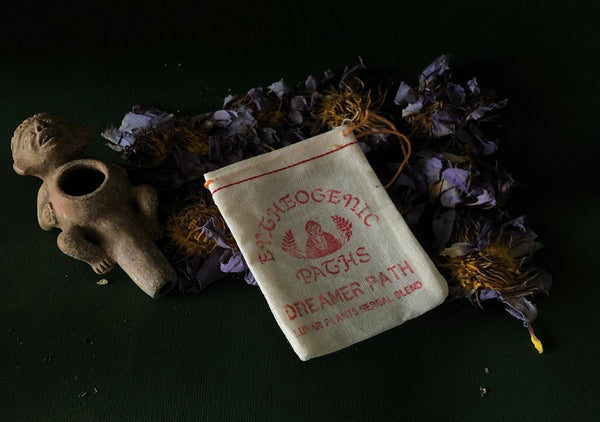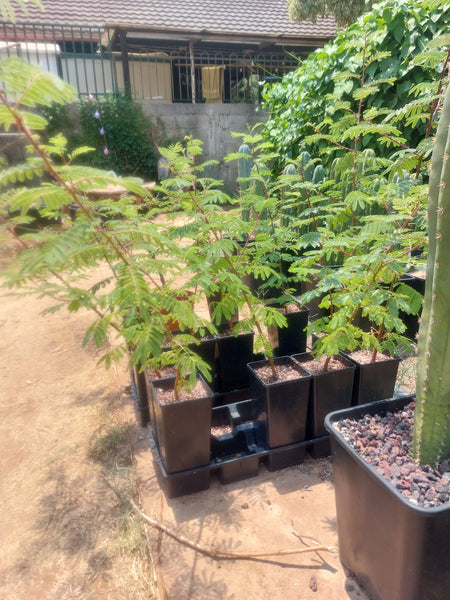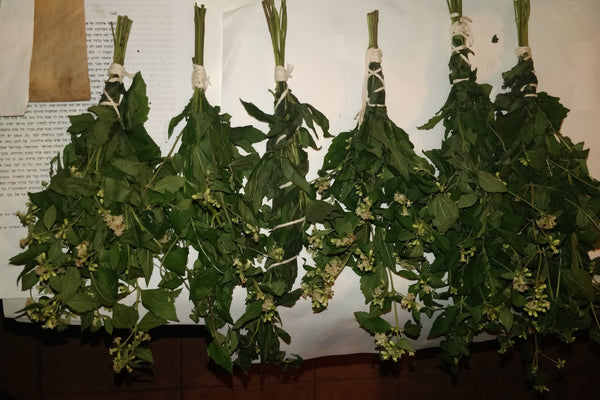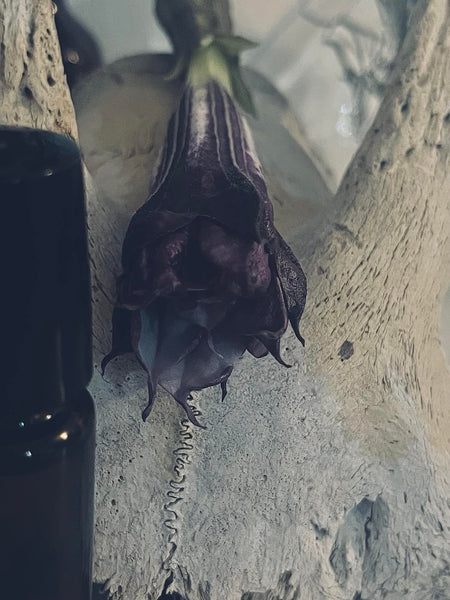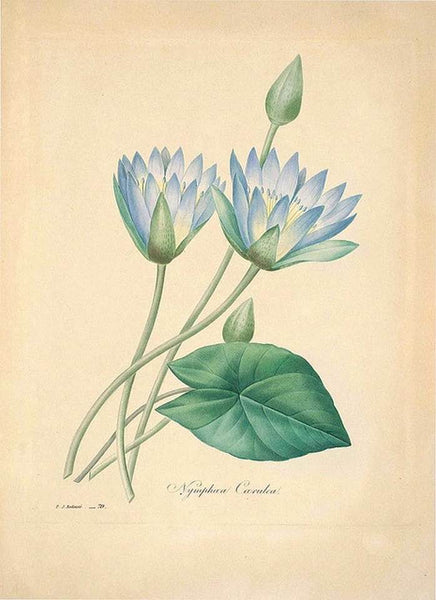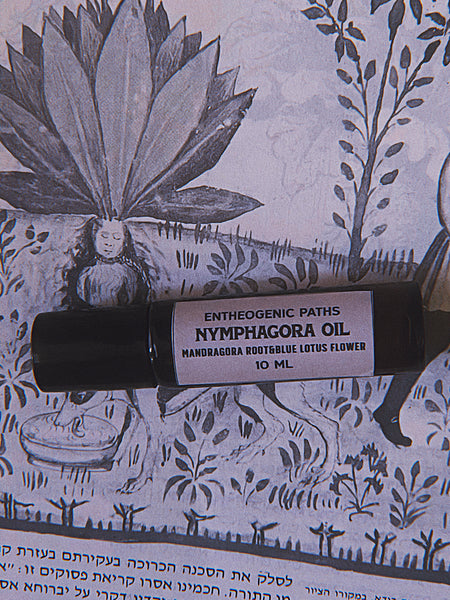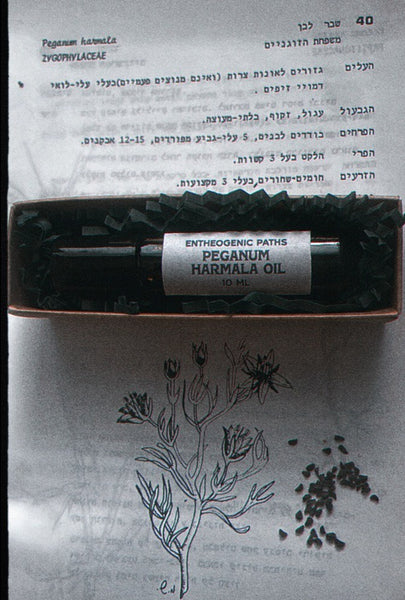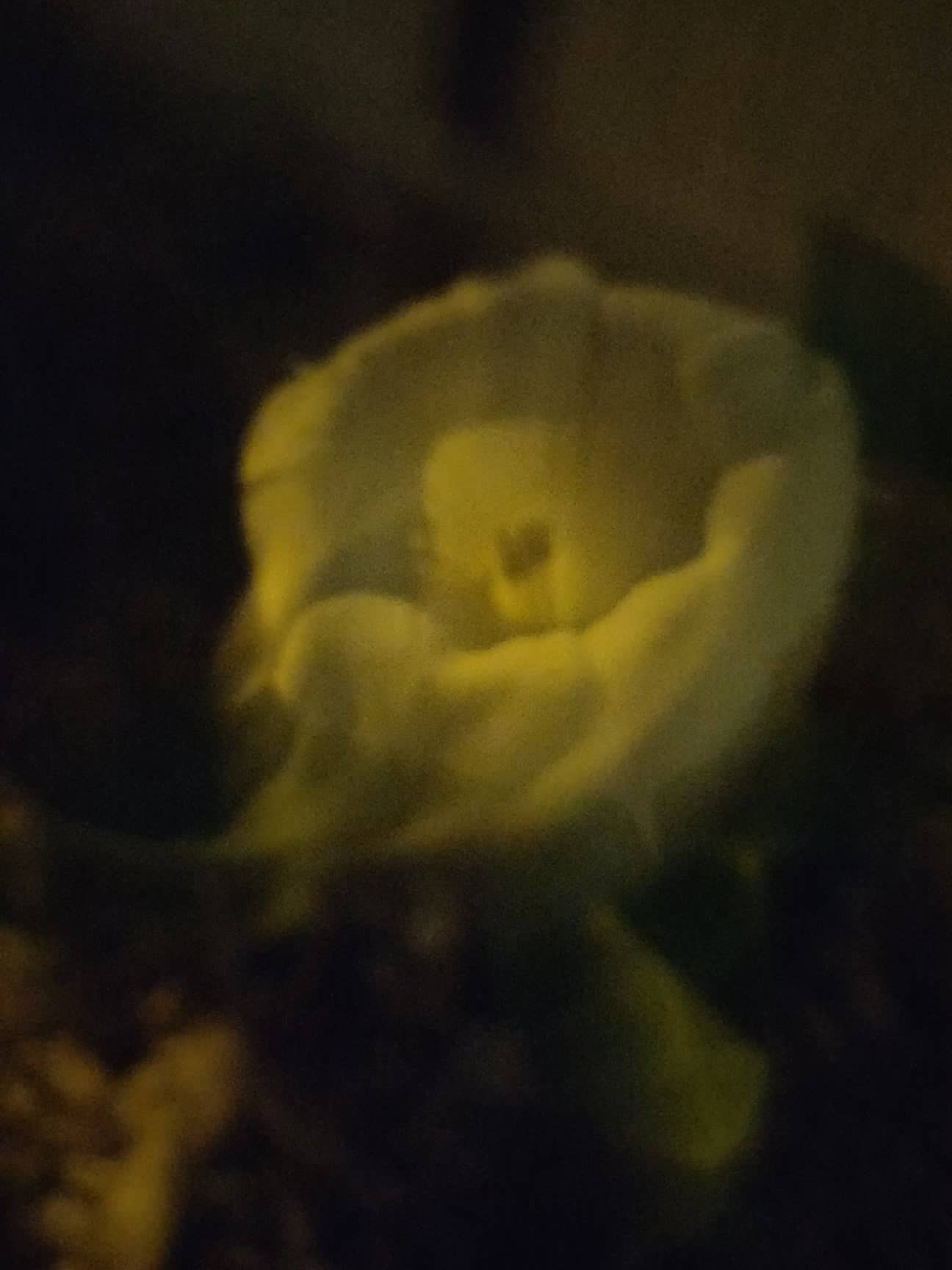
About the Navajo tribe and the datura plant:
Posted by entheogenic paths on
In medicinal or ritual applications, Datura was and is a double-edged sword.
The seeds and root contain the most alkaloids, but the whole plant is loaded with toxic compounds.
Shamans, healers and witches used all parts of the plant including seeds, roots, branches and leaves. The plant was used in forecasting and prophesying operations, initiation rites, ritual intoxication and diagnostic-healing processes.
Almost all Southwestern groups with documented ethnobotany used datura, including the Cahuilla, Chumash, Paiute, Yokut, and Yuman groups.
(Bean and Saubel 1972, Elmore 1943, La Barre 1975, Schultes 1972).
As of 2021, there are approximately 399,494 Navajo people living in the United States and they are the largest indigenous tribe in North America. The Cherokee is second largest. (Wikipedia)
The tribes of southern California and the Zuni of northern New Mexico provide a fascinating overview of the use of this plant. I have only translated here a short detour introduction to the extensive literature on the subject.
.
The Navajo, like most southwestern tribes, used the datura only to a limited extent.
They feared a narcotic effect and avoided it, except for certain ritual actions. These actions included the use of the plant to assist in locating thieves and the loss of stolen or lost property, for diagnostic and healing purposes, and for revenge for pretended retribution.
It appears that the plant was never taken except to one person at a time and there was no ceremony on the scale of the toloache ceremony as among the Chumash tribe of California.
For the purpose of catching thieves or locating lost property, the Navajo tribe followed the following procedure:
At first part of the root is collected - the process of collecting corresponds to the ritual pattern performed in the case of any plant intended for ceremonial purposes.
First, they turn to the datura plant, then explain its role, and ask for its help. Then an offering of turquoise stones is offered, after which pollen from a non-poisonous plant that grows nearby is sprinkled on it. A hole is then dug next to the plant and part of the root is pulled out. The entire plant is never harvested because for the ritual to be effective, the plant must continue to live.
When they were ready to begin the search procedures, the owner of the stolen property chewed some of the devil's weed or drank some of it in a decoction. Sometimes it happened that the owner was in poor health, so he hired a substitute to take the drink for him. According to the difference reported in the sensitivity of the users, three types or combinations of three types of narcotic effects were created.
These effects included trance, visual hallucinations and auditory hallucinations. Often a person may experience two or even all three of these effects. In their pure forms, the three types were expressed in the following ways:
In the trance state the person walked around in a state of numbness and stupor or partial numbness of the nervous system. During his wanderings he encountered a thief or located the lost objects.
In a sharpened visual state the man saw the location of the property or the identity of the thief was revealed. "He might be directed to the goods or the thief during the sighting, or, if not, he would know exactly where to look when the drug wears off. Both of these have been proven many times."
Those with keen auditory sensitivity were directed by voices to the hiding place. According to one report: "He went for a walk and all the weeds spoke to him. One voice said to him 'Look over there by the swarm where the water has washed the ground. You will find your goods there.' Dog tracks. The man looked in the pile and there he found the property."
.
The Navajo tribe has no doubts about the explicit belief in the validity of these methods. A number of ethnographers have cited cases of recovery by people who have been committed, and even reported a few cases of confessions by people accused of theft.
The hallucinogenic effects of devil's weed have also been used for diagnostic purposes. In the resulting vision, the violation of the tribal taboo, the animal, the person, etc. that caused the disease is revealed. Once the cause was determined, the chant that would bring about the cure could be written down.
Medicinally, datura was and still is used to heal muscle inflammations and internal wounds. Less frequently it is given with tobacco to cure delirium. Use Datura leaves or roots applied externally or taken internally.
The cantor usually took care of the patient the first time, after that hiring his service was optional. If Datura was taken internally, the amount was small because there was a fear of the narcotic effect. Antitoxic ointments of crushed jewel leaves (a plant called garden balm) or other herbs were usually applied. One example of Datura's alleged healing process is as follows:
"My wife's grandfather asked me to help build a path to haul wood from the mesa [Table Mountain]. The old man and I were working on the path and I lifted a rock that was too heavy for me and hurt myself in the groin. It got progressively worse until during the summer the area swelled up and I was completely done. I went to a field that had some datura in it And I prayed to him and offered him pollen. I took out a part of the root that was about six centimeters long, chewed about half of it and put it in a bowl of water. After it had been absorbed for a while I drank the bowl of water which contained a quarter or more. It was in the afternoon.
Sometime after dark I began to see this vision. The first thing I saw was a pile of datura leaves on my sore groin. A hole appeared right in the center of the pile of leaves. Every time I blinked the hole got smaller and smaller until it was gone and all that was left was a scar on the top leaf. That's all I saw. Of course, after that I recovered. I believe that offering to the plant and drinking the solution did me good. Since then I believe in the plant. Detura just dries you out completely. Your eyes and mouth become dry. You cannot spit or urinate. Some people are afraid to take Datura; They just put the herb on the wound but the healing is slower. When you get there, you just feel dry, not sick."
Another account illustrated a datura use more closely associated with purely magico-religious aspects of Navajo life.
If a girl rejected a man who wanted to have sex with her, he might take revenge in the following way. He went to the place where the girl lived and watched her until he managed to get some of her saliva or dirt from the bottom of her moccasins. He took the dirt or saliva to the datura plant and while singing, tied it to the plant. He then sang a few more songs. The girl will immediately go crazy. She would take off her dress and run around naked and everyone would laugh at her. The man will be angry with the girl and want everyone to know it.
Translated from English
Share this post
- 0 comment
- Tags: אתנובוטניקה, דטורה, מאגיה, נתיב הרעל, צמחי רעל, רוחות הצמחים

